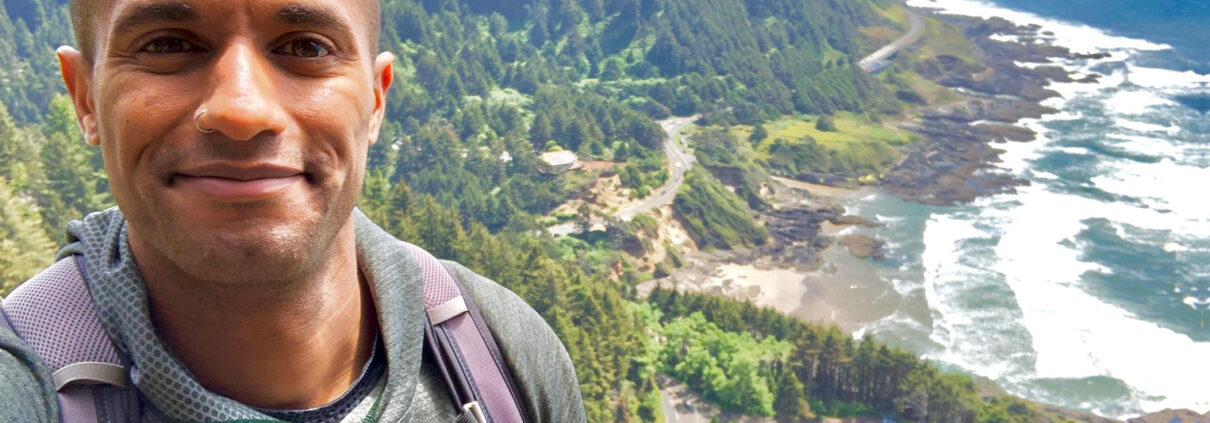I actually came into boundary spanning from the conservation non-profit sector. I was always passionate about studying and protecting threatened and endangered species and habitats, and I really wanted a career that would allow me to use science to affect positive change. After graduating with my undergraduate degree, I had a fair amount of hard science and research expertise, but I wanted to seek out career opportunities to build my policy experience. Directly after school, my first few jobs were very advocacy-oriented working to influence a range of environmental policy issues in DC. However, I quickly became aware that that type of work wasn’t necessarily what I wanted to do because they didn’t involve my passion for science. While I inevitably moved on from those positions, they were very valuable in that they allowed me to have first-hand experience in the type of work that wasn’t necessarily right for me, and brought me a lot closer to the types of activities and professional duties I do enjoy.
A series spotlighting OST's position at an evolving science-policy nexus
By Emma Stone
July 12, 2022Tell us about your journey to a career at the nexus of ocean & coastal science and policy - what was an unexpected turn or moment?
Would you call that realization a formative moment in your career trajectory?
Those positions were definitely important because they led me to search for and explore careers in boundary spanning. But the most formative moment in my career was when I accepted a position working for a grantmaking program that funded ocean research projects to inform marine conservation policies. This was my very first time actually working as a boundary spanner helping to develop, fund, and communicate scientific research. I think part of what made it so formidable and so fascinating was I didn’t know anything about ocean management issues, but I was finally engaging in a role that matched my passions and interests in a very fulfilling way. I also developed great relationships with my coworkers, other scientists, and grantees. Within a year, I applied to grad school because I knew this was what I wanted to do, so why waste time?
You had a bit of an advantage, knowing exactly what you wanted to do. What are some challenges and rewards you've found in these spaces?
The challenge is that as a boundary spanning organization we work across so many topics – OA, sea otters, living shorelines. But as a scientist, my initial instinct when presented with a new topic is to dive deep into the research and attempt to learn everything about these issues. However, we work on so many issues and topics that that approach just isn’t feasible. We constantly say that we need to be “an inch deep, but a mile wide” on these issues; meaning that we need to learn just enough (i.e. inch deep) about the science and policy landscapes for several different topics (i.e. mile wide) to be effective boundary spanners. This approach is really where the reward comes in – we get to be generalists and experts on the process to effectively connect science and policy. Over time, the more projects and issues you work on, the more you can apply lessons learned to the new issues to maximize your impact.
So now it's sea level rise (SLR). It's been a project here since OST was founded, and now it's yours.
We recently started a new effort with OPC to update California’s sea-level rise (SLR) projections and provide guidance to decision-makers for how they can start planning for SLR. This project is a great example of the generalist role we play on these issues. I’m entirely new to this topic, but we have a wealth of knowledge and potential approaches from previous projects that we can apply to this project to be impactful dot connectors. It doesn’t necessarily matter if I am a SLR expert or not, because we need the boundary-spanning expertise more than the subject matter expertise in this particular case. I also think this project really demonstrates our connections to scientists, the state, and communities. We want to make sure that decision makers are using the best available science, even while it’s constantly changing, while ensuring this guidance is accessible, actionable, and available for all. Lastly, I also think this project is one of the better examples of how OST can mobilize quickly and re-engage years later on a single topic. We helped develop the 2017 Rising Seas Report, which informed the development of the previous 2018 Sea-Level Rise Guidance report from the state.




